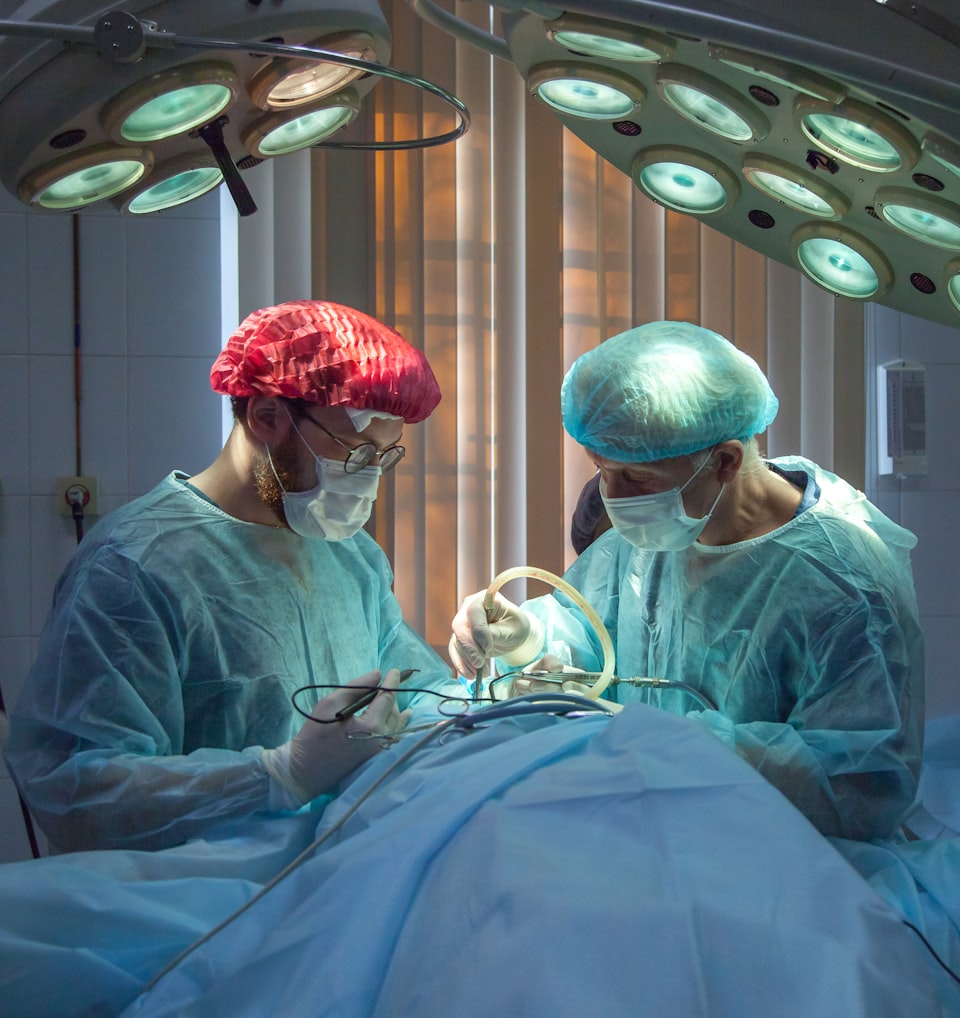Recipes - Breast Reconstruction

One thing I would have found useful as a junior anaesthetist is a list of anaesthetic 'recipes' for different operations, just to get an idea of what different anaesthetists might do for a given case.
Of course, there are many ways to achieve a perfectly good anaesthetic, however when you're just starting out, it's nice to at least have a scaffold, or a suggestion, upon which you can build your own ideal technique for a given case.
So we're starting a series of these recipes for cases we've encountered and welcome member comments below!
If you have a case and recipe you'd like to share then please email us at anaestheasier@gmail.com and we'll write it up for you!
We actively welcome all feedback and comments on how you would have done things differently, so that junior trainees can see the different options and techniques available, as well as reassuring us that there's no one right answer for a given case.
A 34 year old lady undergoing left breast reconstruction.
Otherwise fit and well, she had previously had successful bilateral mastectomies for breast cancer with immediate reconstruction.
The operation had gone well however she unfortunately developed an infection in the left breast requiring implant removal and washout.
She recovered without issue and was then scheduled for reconstruction and insertion of a tissue expanding implant.
The Recipe
- No active medical problems or regular medications
- No significant reflux and well fasted
- Not on contraceptive pill
- No allergies
- 72 kg with normal BMI
- Previously reported post operative nausea and vomiting after surgery
Positioning and setup
- Crucifix position with both arms out as surgeon wanted to have both breasts visible to ensure symmetry
- Cannula on left side as axillary node removal had been performed on right
- Arms positioned with pressure points well padded and joints at less than 90 degrees abduction
- Head central to prevent brachial plexus injury
Induction
- No premedication needed as patient calm and cooperative
- Cannula slowly flushed with 5mls 1% lidocaine to numb the vein
- Preoxygenation with 100% oxygen
- Fentanyl 100mcg
- Propofol 200mg
- Ondansetron 8mg
- Dexamethasone 6.6mg
- Cyclizine 50mg
- Rocuronium 50mg
Airway assessment
- This woman had good mouth opening of more than 5cm
- Mallampati score 1
- Thyromental distance of 7.5cm
- Sternomental distance greater than 12.5cm
- Full range of movement extending and flexing neck
- Good jaw protrusion
This lady's airway was managed with a Supreme LMA size 3, which provided a better seal for positive pressure ventilation over the duration of a long operation
Maintenance of anaesthesia
- 50% oxygen with 50% nitrous
- 4.5% end tidal desflurane
- Low flow with end tidal target control
The sub-MAC dose of desflurane was facilitated by the use of nitrous, which brought the age-corrected MAC up to 1.0
Intraoperative interventions
- This patient remained cardiovascularly stable throughout, with little anaesthetic intervention required
- The surgeon asked for the blood pressure to be raised to a systolic of around 150mmHg to test for haemostasis, so 9mg ephedrine was given to good effect, achieving a systolic of 153mmHg with satisfactory haemostasis
- Further doses of Rocuronium 10-20mg were given to ensure adequate paralysis to optimise surgical field
Analgesia
- Fentanyl at induction
- Total of 1mg/kg intravenous lidocaine
- 10mg IV morphine intraoperatively
- 1g IV paracetamol
- 75mg IV diclofenac
The use of regional anaesthesia was discussed however this particular surgeon had concerns about infection and was keen to avoid any extra instrumentation of the breast tissue.
Post operative medication
Patient written up for:
- Regular IV paracetamol 1g four times a day
- Regular PO ibuprofen 400mg to start the next day with food
- Oramorph 10-20mg PO PRN 2-4 hourly
- Ondansetron 4-8mg IV PRN up to three times a day
- Cyclizine 50mg IV PRN up to three times a day
- Dihydrocodeine 30mg PO PRN up to three times a day
- Lactulose 15mls PO PRN up to twice a day
- Naloxone 100-400 mcg IV PRN if respiratory rate <8
In recovery
This lady went to recovery spontaneously breathing with her supra-glottic airway device in situ. It had been over an hour since the last dose of 10mg rocuronium and she had good tidal volumes and muscle power upon moving, so reversal of muscle relaxant was held, but available if needed.
Once awake she reported feeling comfortable and pain-free with no nausea.
Other things we could have done:
- TIVA to avoid PONV
- Avoid desflurane because of environmental impact
- PECS block for analgesia
- Intubation in case of needing to change position
- Avoid nitrous for PONV
- Avoid post operative opioids for PONV
APFEL score for post operative nausea and vomiting
- Female
- Non-smoker
- History of PONV
- Use of post operative opioids
This woman had all four, giving her an 80% chance of having PONV this time, however she was asymptomatic having had three anti-emetics.
Let us know what you would do differently!
Useful Tweets and resources
DIEP – reconstructive breast surgery https://t.co/AS0fqJ1uyt
— Anaesthetic Recipes (@Anaes_recipes) March 23, 2022
Check out Episode 6 of #BlockItLikeItsHot to hear @amit_pawa & @jeffgadsden talk about Blocks for Breast surgery!
— Block It Like It’s Hot Podcast (@BlockIt_Hot_Pod) February 20, 2023
In this snippet they talk about @Ropivacaine ‘s paper here https://t.co/6JkX2WujjA pic.twitter.com/9NdpAVAz2j